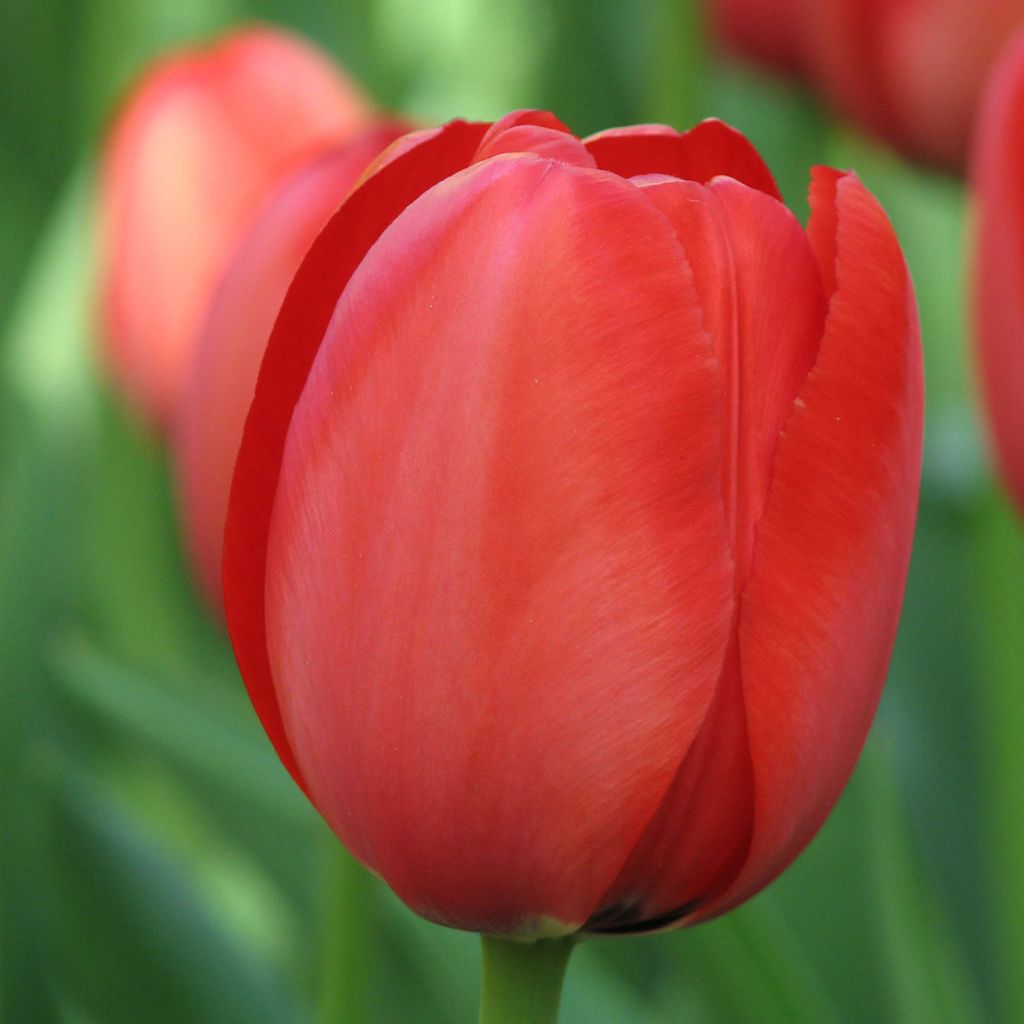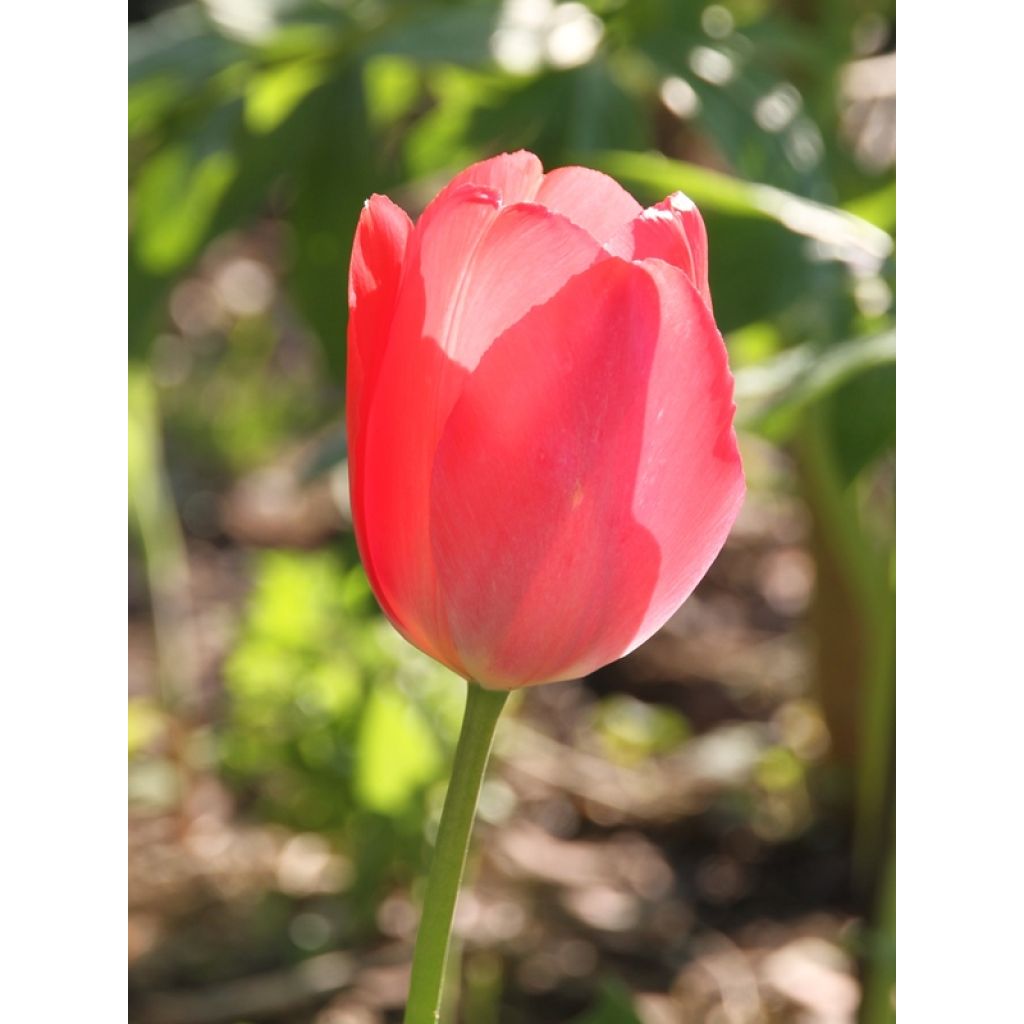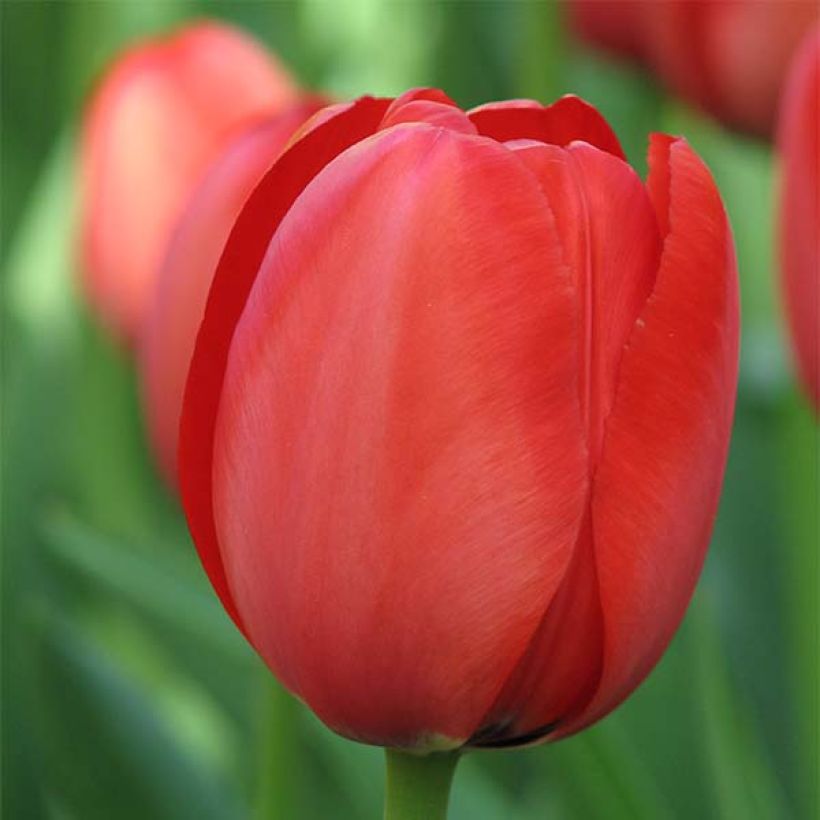

Tulipa Darwin hybrid Apeldoorn


Tulipa Darwin hybrid Apeldoorn
Tulipa Darwin hybrid Apeldoorn
Tulipa Darwin hybride Apeldoorn
Tulip 'Apeldoorn'
Beautiful bulbs, no issues with the 30 ordered.
Franck, 11/11/2025
Special offer!
Receive a €20 voucher for any order over €90 (excluding delivery costs, credit notes, and plastic-free options)!
1- Add your favorite plants to your cart.
2- Once you have reached €90, confirm your order (you can even choose the delivery date!).
3- As soon as your order is shipped, you will receive an email containing your voucher code, valid for 3 months (90 days).
Your voucher is unique and can only be used once, for any order with a minimum value of €20, excluding delivery costs.
Can be combined with other current offers, non-divisible and non-refundable.
This plant carries a 6 months recovery warranty
More information
We guarantee the quality of our plants for a full growing cycle, and will replace at our expense any plant that fails to recover under normal climatic and planting conditions.

Would this plant suit my garden?
Set up your Plantfit profile →
Description
Tulipa 'Apeldoorn' is a universally appreciated tulip, planted in gardens worldwide where it always catches the eye. Its large, egg-shaped flowers are cherry-red with a yellow base and edged with fiery red. The rapidly unfolding interior of the durable flower is also fiery red, around a black heart edged with yellow, adorned with black stamens. 'Apeldoorn' is a particularly reliable and vigorous variety, which naturalises very well in the garden and blooms again every year on long, weather-resistant stems. It flowers from mid to late spring. Sculptural and radiant in a monochrome mass, it is also an exceptional flower for bouquets.
Tulipa 'Apeldoorn' belongs to the Liliaceae family. Of horticultural origin, it was obtained in 1951 in the Netherlands. This exceptional cultivar withstands everything without ever tiring amateurs and professionals. It is currently classified in Division 4, whose main characteristics are large single flowers of ovoid shape, appearing in the middle of the season, carried by long weather-resistant stems. Darwin hybrid tulips are the most cultivated type for the cut flower trade. 'Apeldoorn' is huge. It will reach a height of 55 to 65cm (22 to 26in) in bloom, and its fully open corollas will measure 15cm (6in) in diameter. The flowers bloom at the top of sturdy stems, well above the broadly lanceolate leaves. The large cups are initially elongated. Their vibrant colour consists of an incandescent blend of cherry-red, scarlet-red, and golden yellow at the base of the petals. The base of the flower is shaded green, while its small heart is speckled with black. The colour is enhanced by the thick texture of the petals. Flowering takes place in May-June, and each elegant flower lives for several days before wilting. This variety naturalises very easily in the garden, in fertile and well-drained soil.
Tulipa 'Apeldoorn' looks wonderful at the back of large, rather monochrome flower beds, or with yellow or purple varieties. Pair it with daffodils, jonquils, hyacinths, alchemilla, Corsican hellebores, and euphorbias for stunning scenes. It can be planted in borders, rockeries, flower beds, pots, and containers. This tulip beautifully enhances balconies and patios. It pairs perfectly with tall perennials. It also looks incredible in bouquets. Only use a little water in a vase. If your tulips open too quickly, you can add two to three ice cubes to the vase each day.
Report an error about the product description
Tulipa Darwin hybrid Apeldoorn in pictures


Plant habit
Flowering
Foliage
Botanical data
Tulipa
Darwin hybride
Apeldoorn
Liliaceae
Tulip 'Apeldoorn'
Cultivar or hybrid
Planting and care
Plant the 'Apeldoorn' tulip bulbs in autumn, from September to December. Choose a sunny or a partially shaded area. Plant in ordinary, slightly acidic, neutral, or slightly alkaline, loose, well-worked, and well-draining soil. Never add poorly decomposed manure or compost to the planting soil, as this could cause the bulbs to rot. The tulips will grow well in moist to dry soil in summer. After flowering, it is wise to remove the fruits to avoid exhausting the plant.
Planting period
Intended location
Care
-
, onOrder confirmed
Reply from on Promesse de fleurs
Haven't found what you were looking for?
Hardiness is the lowest winter temperature a plant can endure without suffering serious damage or even dying. However, hardiness is affected by location (a sheltered area, such as a patio), protection (winter cover) and soil type (hardiness is improved by well-drained soil).

Photo Sharing Terms & Conditions
In order to encourage gardeners to interact and share their experiences, Promesse de fleurs offers various media enabling content to be uploaded onto its Site - in particular via the ‘Photo sharing’ module.
The User agrees to refrain from:
- Posting any content that is illegal, prejudicial, insulting, racist, inciteful to hatred, revisionist, contrary to public decency, that infringes on privacy or on the privacy rights of third parties, in particular the publicity rights of persons and goods, intellectual property rights, or the right to privacy.
- Submitting content on behalf of a third party;
- Impersonate the identity of a third party and/or publish any personal information about a third party;
In general, the User undertakes to refrain from any unethical behaviour.
All Content (in particular text, comments, files, images, photos, videos, creative works, etc.), which may be subject to property or intellectual property rights, image or other private rights, shall remain the property of the User, subject to the limited rights granted by the terms of the licence granted by Promesse de fleurs as stated below. Users are at liberty to publish or not to publish such Content on the Site, notably via the ‘Photo Sharing’ facility, and accept that this Content shall be made public and freely accessible, notably on the Internet.
Users further acknowledge, undertake to have ,and guarantee that they hold all necessary rights and permissions to publish such material on the Site, in particular with regard to the legislation in force pertaining to any privacy, property, intellectual property, image, or contractual rights, or rights of any other nature. By publishing such Content on the Site, Users acknowledge accepting full liability as publishers of the Content within the meaning of the law, and grant Promesse de fleurs, free of charge, an inclusive, worldwide licence for the said Content for the entire duration of its publication, including all reproduction, representation, up/downloading, displaying, performing, transmission, and storage rights.
Users also grant permission for their name to be linked to the Content and accept that this link may not always be made available.
By engaging in posting material, Users consent to their Content becoming automatically accessible on the Internet, in particular on other sites and/or blogs and/or web pages of the Promesse de fleurs site, including in particular social pages and the Promesse de fleurs catalogue.
Users may secure the removal of entrusted content free of charge by issuing a simple request via our contact form.
The flowering period indicated on our website applies to countries and regions located in USDA zone 8 (France, the United Kingdom, Ireland, the Netherlands, etc.)
It will vary according to where you live:
- In zones 9 to 10 (Italy, Spain, Greece, etc.), flowering will occur about 2 to 4 weeks earlier.
- In zones 6 to 7 (Germany, Poland, Slovenia, and lower mountainous regions), flowering will be delayed by 2 to 3 weeks.
- In zone 5 (Central Europe, Scandinavia), blooming will be delayed by 3 to 5 weeks.
In temperate climates, pruning of spring-flowering shrubs (forsythia, spireas, etc.) should be done just after flowering.
Pruning of summer-flowering shrubs (Indian Lilac, Perovskia, etc.) can be done in winter or spring.
In cold regions as well as with frost-sensitive plants, avoid pruning too early when severe frosts may still occur.
The planting period indicated on our website applies to countries and regions located in USDA zone 8 (France, United Kingdom, Ireland, Netherlands).
It will vary according to where you live:
- In Mediterranean zones (Marseille, Madrid, Milan, etc.), autumn and winter are the best planting periods.
- In continental zones (Strasbourg, Munich, Vienna, etc.), delay planting by 2 to 3 weeks in spring and bring it forward by 2 to 4 weeks in autumn.
- In mountainous regions (the Alps, Pyrenees, Carpathians, etc.), it is best to plant in late spring (May-June) or late summer (August-September).
The harvesting period indicated on our website applies to countries and regions in USDA zone 8 (France, England, Ireland, the Netherlands).
In colder areas (Scandinavia, Poland, Austria...) fruit and vegetable harvests are likely to be delayed by 3-4 weeks.
In warmer areas (Italy, Spain, Greece, etc.), harvesting will probably take place earlier, depending on weather conditions.
The sowing periods indicated on our website apply to countries and regions within USDA Zone 8 (France, UK, Ireland, Netherlands).
In colder areas (Scandinavia, Poland, Austria...), delay any outdoor sowing by 3-4 weeks, or sow under glass.
In warmer climes (Italy, Spain, Greece, etc.), bring outdoor sowing forward by a few weeks.
































